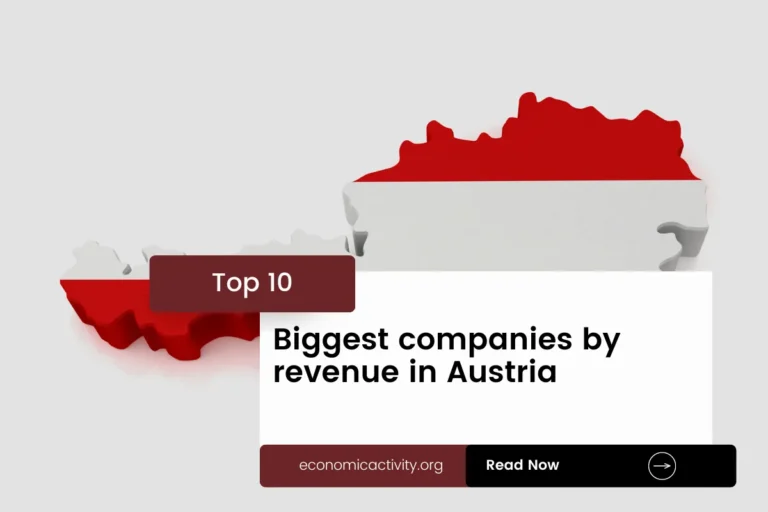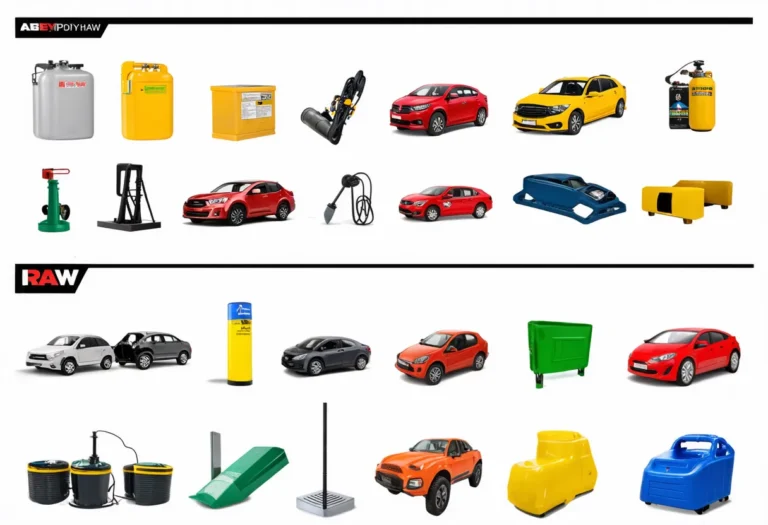Netherlands, with a population of 17,700,982, is ranked 66th in the world, just behind Chad. Located in Western Europe, it covers 41,540 square kilometers, ranking 125th globally, just below Denmark.
In 2022, the Netherlands holds a strong economic position with a GDP of $1,009,398,719,033.08, ranking 18th globally. It follows Saudi Arabia, which has a GDP of $1,108,571,517,285.38. The GDP per capita in the Netherlands is $57,025.01, placing it 15th worldwide.
It is surpassed by San Marino, with a GDP per capita of $59,405. The Netherlands’ economy showcases stability and resilience, contributing significantly to the global economic landscape.
What are the economic activities of Netherlands?
- Primary activities: 1.6% of GDP.
- Secondary activities: 17.9% of GDP.
- Tertiary activities: 70.2% of GDP.

Primary Sector of Netherlands
The primary sector in the Netherlands, with 53.82% agricultural land, thrives due to its temperate climate and fertile soil. Main agricultural products include milk, sugar beets, potatoes, pork, onions, wheat, chicken, tomatoes, carrots/turnips, and goat milk.
Despite contributing only 1.6% to the GDP, agriculture plays a crucial role in the economy. The diverse range of crops and animal products highlights the sector’s significance, ensuring food security and supporting the country’s agricultural industry.
The country’s diverse geology provides a range of natural resources, including natural gas, petroleum, peat, limestone, salt, sand, gravel, and arable land. These resources drive the economy through energy production, agriculture, and construction industries.
The Netherlands’ oil production contributes significantly to its economy, with a daily output of around 32,723 barrels. Despite ranking 46th globally, the country’s oil reserves of 140,892,000 barrels represent only 0.01% of the world’s total reserves.
The Netherlands ranks 18th in the world for natural gas production, with 47.46 billion m³ produced in 2020.
Secondary Sector of Netherlands
What is the secondary sector or what are secondary activities?
The secondary sector involves industries that transform raw materials from primary activities into finished products for consumption. In the Netherlands, major industrial products include metal and engineering products, electrical machinery and equipment, chemicals, petroleum, construction, and microelectronics. These goods are manufactured for domestic consumption and export, contributing significantly to the country’s economy and global trade.
Manufactures play a crucial role in the total exports of the Netherlands, accounting for 62.02% in 2023. This highlights their significant contribution to the country’s economy and global trade.
Tertiary sector of Netherlands
What is the tertiary sector or what are tertiary activities?
The tertiary sector in the Netherlands encompasses services that involve knowledge and time to enhance productivity and meet needs. This sector includes intangible goods like advice and expertise, catering to both consumers and businesses. Key tertiary activities in the Netherlands are healthcare and medical care, education and training, banking and finance, communication and information exchange, tourism and hospitality, and transportation and logistics.
In particular, The tourism industry plays a pivotal role in the Netherlands’ economy, contributing significantly to its GDP. With an impressive 20,129,000 annual arrivals and a tourist arrival ratio of 1.1372 per capita, the country boasts a thriving tourism sector. Amsterdam, renowned for its picturesque canals and cultural attractions, and Keukenhof, famous for its breathtaking tulip fields, are among the most popular destinations.
Another example of tertiary economic activity is the mobile cellular economic sector, with over 20 million subscriptions, supporting technological growth by enhancing connectivity and fostering innovation across industries.
Military Activities and Economic Sectors of Netherlands
The military is a clear example of various economic activities working together. In the primary sector, resources are extracted for military use, like fuel and metals. The secondary sector focuses on manufacturing military equipment, such as vehicles and weapons. The tertiary sector includes services provided by the military, while the quaternary sector involves research and development. Lastly, the quinary sector handles high-level military decision-making and strategy.
In 2023, the Netherlands spent about 16,624.8 million US dollars on its military, which is 1.58% of its GDP. The active military force consists of 35,400 personnel, resulting in 2.7 active military members per 1,000 people in the country.
International Trade of Netherlands
Import Activities of Netherlands

The import activities of the Netherlands are of high importance, with imports totaling $664.13 billion in 2023, equivalent to 82.96% of the country’s GDP.
The Netherlands engages in significant import activities, with top partners being Germany, China, US, Belgium, and UK. Key import commodities include crude petroleum, refined petroleum, natural gas, broadcasting equipment, and computers.
Exports Activities of Netherlands

The Netherlands heavily relies on exports, accounting for 93.75% of its GDP in 2023. This high percentage underscores the crucial importance of export activities to the country’s economy.
The Netherlands primarily exports refined petroleum, machinery, and packaged medicine to Germany, Belgium, France, the UK, and Italy. Germany is the largest export partner at 19%, followed by Belgium at 14%, France at 9%, the UK at 6%, and Italy at 5%.
Netherlands economy challenges in 2024
In 2024, the Netherlands faces challenges of inflation, weak export demand, and a tight labor market. Despite its high-income status and strong economic sectors, the country is working to overcome a mild recession. With manageable public debt and strong innovation ratings, the Netherlands aims to navigate these obstacles and maintain its position as a core EU and eurozone member.




Leave a Reply